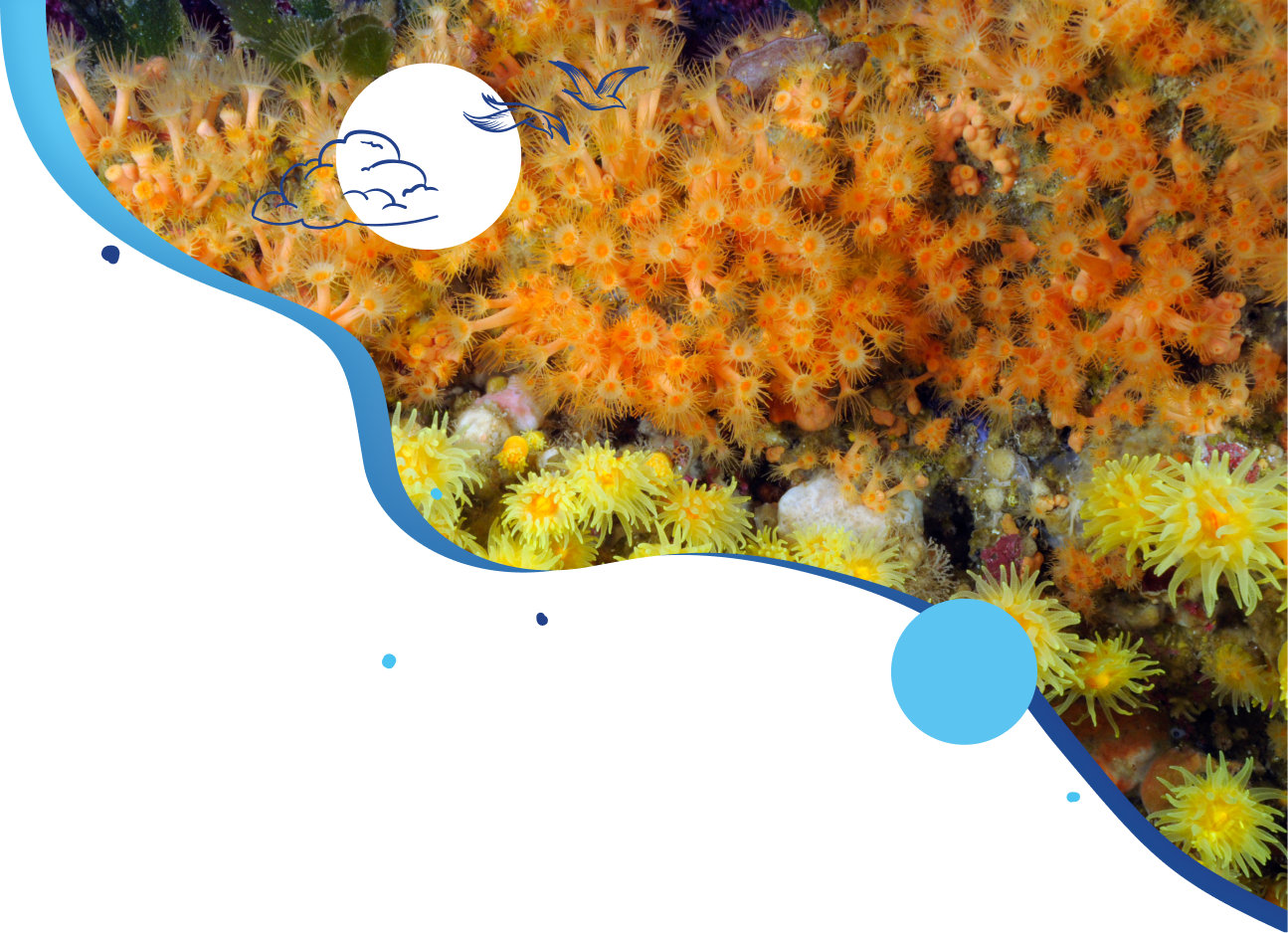Inspired by the DRIVER project, the operations of ecological restoration and non-degradation of coastal marine habitats have been developed in an experimental and innovative way for the last fifteen years around a recent scientific discipline whose aim is to restore natural habitats, connectivity and complex ecosystem functions. To date, a planning tool (STERE), offering a complete methodology for territories, instituted by a strategic document (PAMM Western Mediterranean) which includes an atlas of areas deemed suitable for the development of a STERE illustrate the management issues in terms of effectiveness of public action and the degree of maturity acquired.
Scientific expertise and monitoring have made it possible to measure the impacts but also the current limits of these operations to regain biodiversity at sea. Thus, with this solid foundation, ecological restoration must continue to improve its knowledge and its effectiveness.
In parallel, Biomimicry, whose objective is the observation and understanding of the living world to innovate sustainably, is structured in an interdisciplinary approach. Drawing its principles from the living world, it allows us to envisage forms adapted to the living world, conducive to its development. It also proposes to reduce the impact of the proposed solutions on ecosystems and to contribute to their regeneration.
Biomimicry is experiencing a recent boom, even a fashion effect as its potential application is great, especially for the marine environment.
The meeting of these two complex disciplines in full structuring is therefore promising. Nevertheless, their growing success coupled with the complexity of working for and with the living, require to propose a shared framework so that Biomimicry becomes a tool of interest for ecological restoration.
Working language: French

